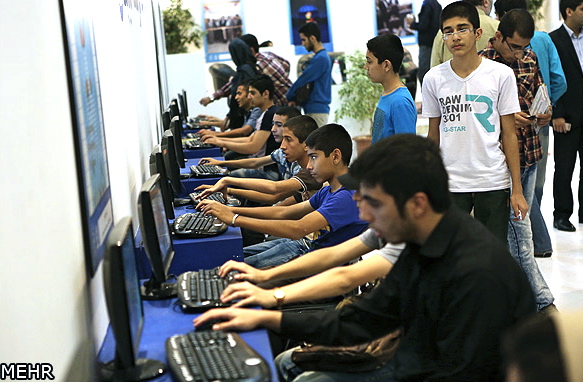In a move that has sparked widespread discussion and concern, Iran has recently unveiled a comprehensive plan to impose tighter regulations on internet usage within its borders. This initiative, aimed at promoting local digital platforms over international ones, represents a significant shift in the country’s approach to digital governance. This blog post explores the nuances of Iran’s new internet rules, their implications for users and local developers, and the broader context of digital sovereignty.
The Genesis of the New Regulations
A Push for Digital Sovereignty
At the heart of Iran’s new internet regulations is a desire to assert digital sovereignty. The government’s plan is designed to reduce dependency on foreign tech giants and foster the growth of local platforms that align more closely with national values and legal frameworks.

The Scope of the Regulations
The proposed regulations encompass a wide range of measures, from stricter content moderation policies to the promotion of local alternatives for popular international services like social media, messaging apps, and search engines.
Implications for Users and Content Creators
Access and Freedom of Information
One of the most immediate concerns is how these regulations will affect access to information for Iranian users. Critics argue that limiting access to global platforms could restrict the flow of diverse viewpoints and information, impacting freedom of expression and access to knowledge.
Impact on Local Developers and Businesses
Conversely, proponents of the plan argue that it presents a unique opportunity for local developers and tech entrepreneurs. By prioritizing local platforms, the government aims to stimulate the domestic tech industry, potentially leading to innovation and job creation within the country.
Balancing Act: Security, Privacy, and Innovation
The Security Rationale
Iranian officials have cited security concerns as a key rationale for the new regulations, aiming to safeguard national interests and user data from foreign surveillance and cyber threats. This move reflects a growing trend among nations to secure their digital ecosystems against external vulnerabilities.
Privacy Concerns
However, the tightening of internet rules has raised significant privacy concerns. Critics fear that increased government control over digital platforms could lead to heightened surveillance and censorship, impacting user privacy and civil liberties.
Fostering Innovation within Constraints
The challenge for Iran will be to foster a thriving digital ecosystem that encourages innovation while navigating the constraints imposed by the new regulations. This will require a delicate balance between regulation and freedom, security and privacy, and local development and global integration.
The Global Context: Digital Sovereignty and the Internet
Iran and the Global Trend
Iran is not alone in its push for digital sovereignty. Countries around the world are grappling with similar issues, seeking to assert control over their digital spaces while contending with the global nature of the internet. Iran’s approach adds to the ongoing global dialogue on how nations can protect their digital borders without stifling innovation and freedom.
Iran’s plan for tighter internet regulations marks a pivotal moment in the country’s digital policy landscape. As the world watches closely, the implementation and impact of these regulations will offer valuable insights into the challenges and opportunities of promoting local digital platforms in an increasingly interconnected world. The success of Iran’s initiative will largely depend on its ability to balance the goals of digital sovereignty and security with the imperatives of innovation, privacy, and freedom of expression.
